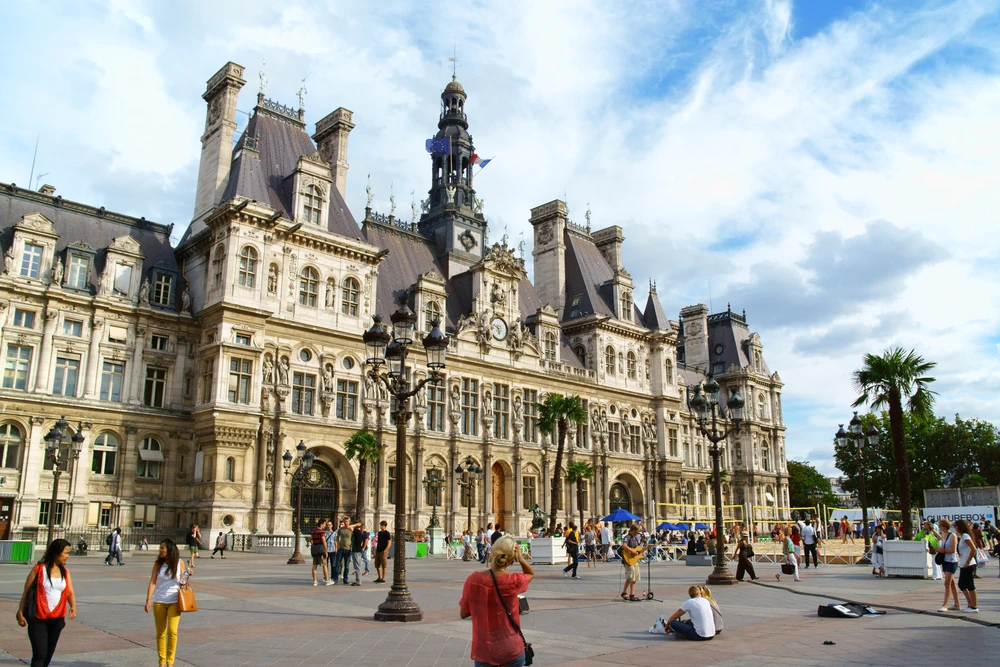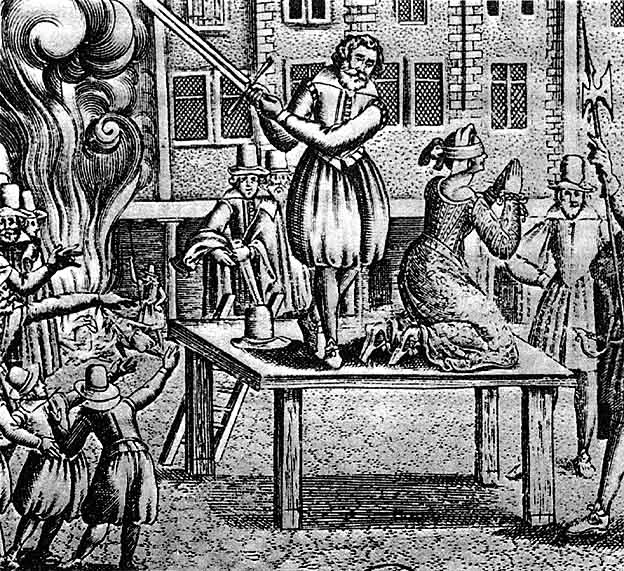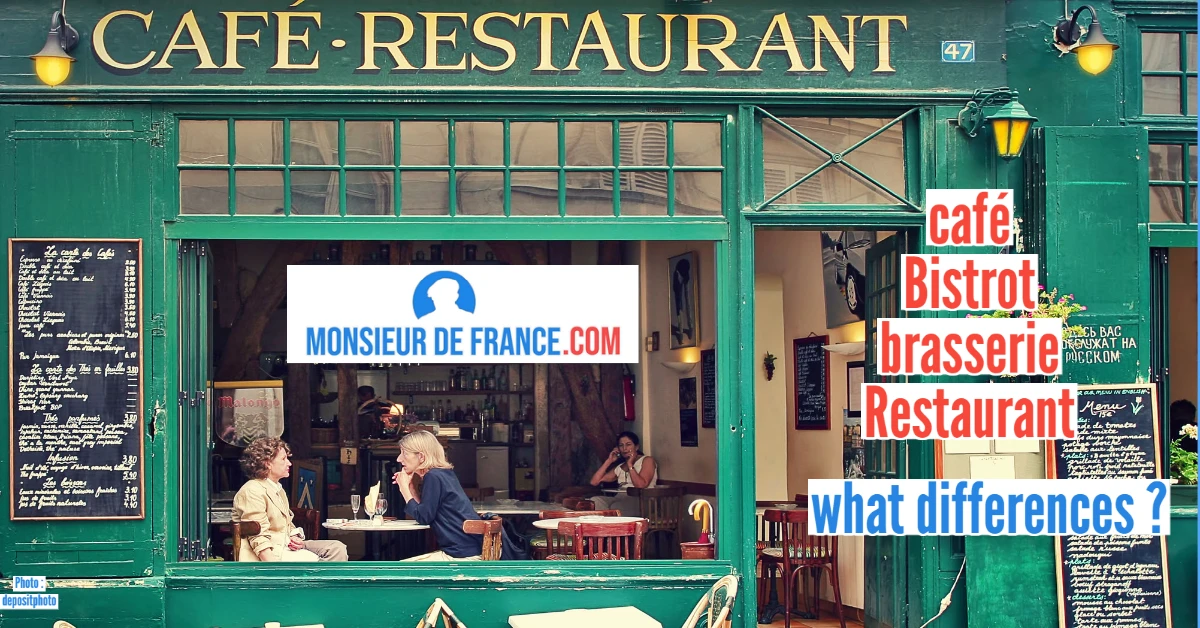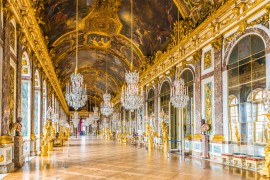Going on "place de grève" to look for work
In the old days, the place de grève was the place to look for work in Paris. This was a square leading to a "grève", in other words, a gravel bank on the water's edge, i.e. the banks of the Seine. It was an easy place to unload boats, and one where labor was often needed. Up until the 19th century, people looking for day labor as handlers would go there and offer their arms to anyone willing to hire them.
The meaning has changed
Gradually, in the 19th century, the term "gréviste" came to be used for people who were on strike, and "grévistes" (strikers) were people without work. So, when the first strikes began in the 19th century, the meaning of "without work" shifted to "not wanting to work" , and "going on strike" came to mean voluntarily stopping work.
The Place de Grève today is the Place de l'Hôtel de Ville in Paris. photo chosen by monsieurdefrance.com: citylights via depositphotos.
Place de grève a place with a rich history
The Place de grève still exists, but is now the Place de l'Hôtel de Ville in Paris, officially called the Esplanade de la Libération. It' s also where capital executions took place from 1310 onwards (including a woman burned alive for witchcraft). Hanging, rolling and beheading took place here, and many people came to watch the executions carried out by "Monsieur de Paris", the capital's executioner. It was on the Place de Grève that the guillotine was first used on Nicolas Jacques Pelletier on April 25, 1792 . A fiasco, incidentally, as the public protested that the death was too quick...
A capital execution in Paris. Illustration chosen by Monsieur de France: wikipedia
More joyfully, the Place de Grève was also the place to celebrate major events. Louis XIII and Louis XV watched the fireworks. It was also in the Paris town hall that Charles de Gaulle celebrated the liberation of Paris in 1945 with his famous speech: "Paris! Paris outragé! Paris brisé! Paris martyrisé! mais Paris libéré! Liberated by itself, liberated by its people with the help of the armies of France, with the support and help of the whole of France, the France that fights, the only France, the true France, the eternal France".







